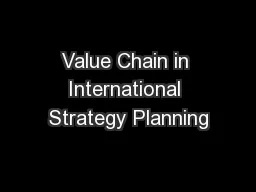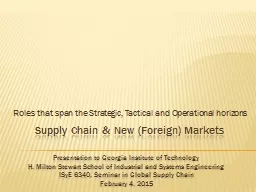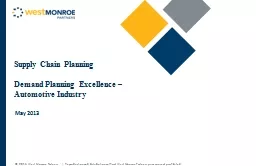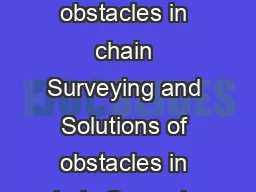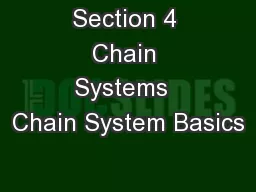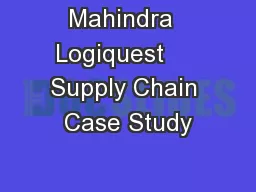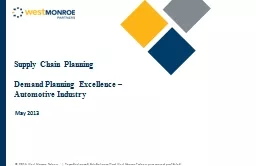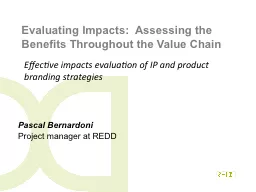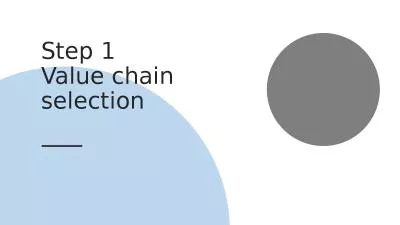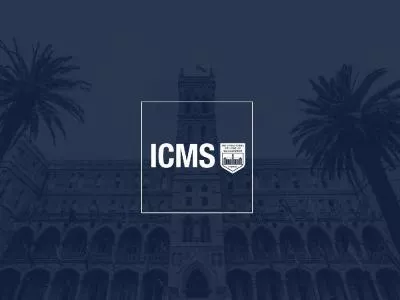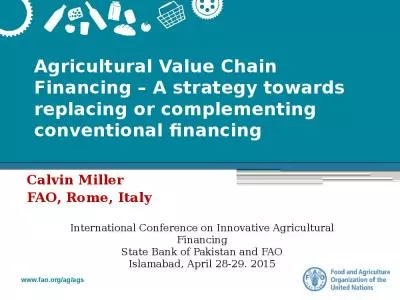PPT-Value Chain in International Strategy Planning
Author : cheryl-pisano | Published Date : 2018-11-21
Revision Topics Value Chain Configuration amp Coordination Internal amp External Triggers More CSR Some Modes of Entry Why is Value Chain Design Relevant in IBS
Presentation Embed Code
Download Presentation
Download Presentation The PPT/PDF document "Value Chain in International Strategy Pl..." is the property of its rightful owner. Permission is granted to download and print the materials on this website for personal, non-commercial use only, and to display it on your personal computer provided you do not modify the materials and that you retain all copyright notices contained in the materials. By downloading content from our website, you accept the terms of this agreement.
Value Chain in International Strategy Planning: Transcript
Download Rules Of Document
"Value Chain in International Strategy Planning"The content belongs to its owner. You may download and print it for personal use, without modification, and keep all copyright notices. By downloading, you agree to these terms.
Related Documents

